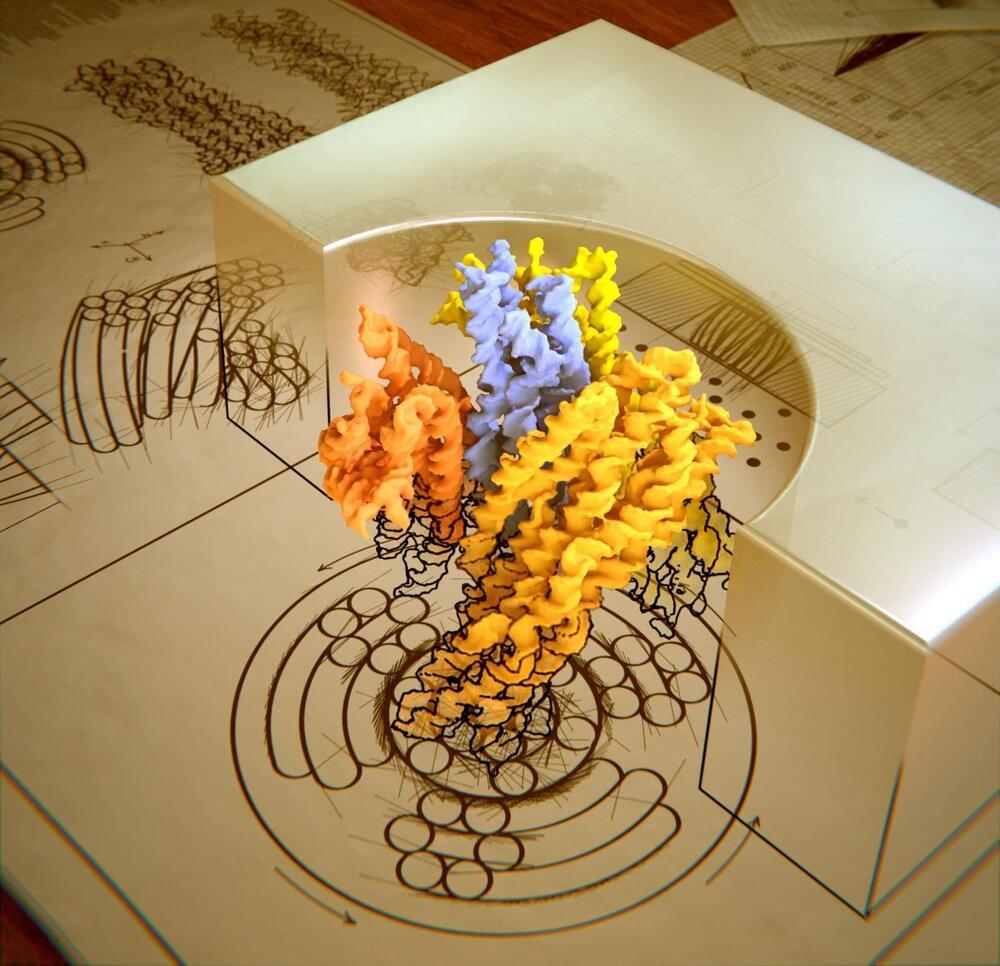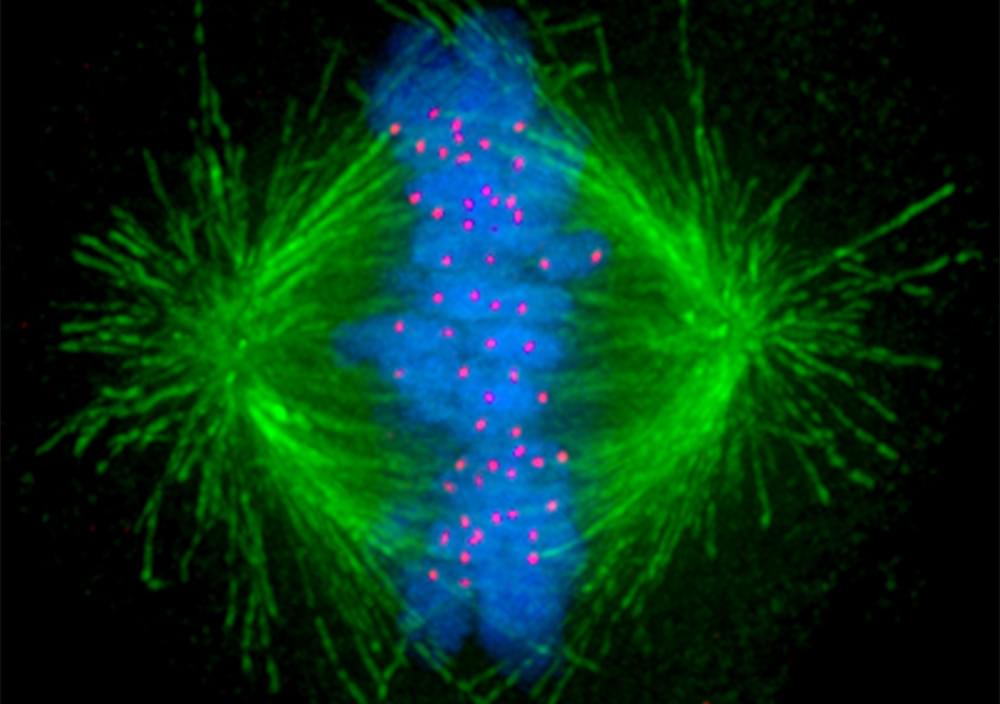Oct 27, 2023
Devastation followed by desperation in Acapulco after Hurricane Otis rips through
Posted by Genevieve Klien in categories: asteroid/comet impacts, climatology, existential risks, habitats
ACAPULCO, Mexico (AP) — First came the devastation, then people’s desperation.
Hurricane Otis blasted the Mexican tourist port of Acapulco like no other storm before in the Eastern Pacific. As a monstrous Category 5 meteor, with its 165 mph (266 kph) winds, it destroyed what it found in its path: large residential buildings, houses, hotels, roads and stores.
Fallen trees and power line poles covered practically all the streets in this city of more than 1 million people. The walls and the roofs of buildings and houses were left partially or totally ripped off, while some cars were buried under debris.


















